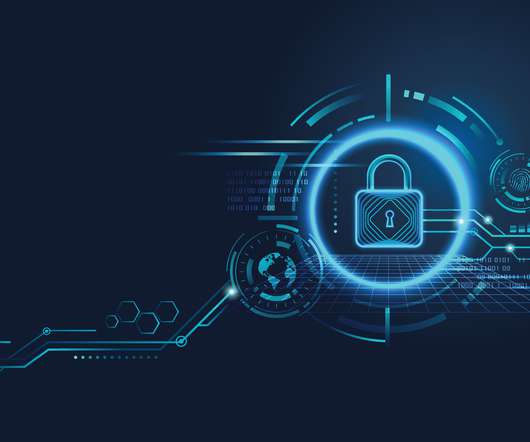Radar trends to watch: August 2021
O'Reilly Media - Ideas
AUGUST 2, 2021
Good practices for authentication, backups, and software updates are the best defense against ransomware and many other attacks. Checkov , a code analysis tool for detecting vulnerabilities in cloud infrastructure, can now can find these credentials in code. The attack apparently only affects on-premises infrastructure.














Let's personalize your content